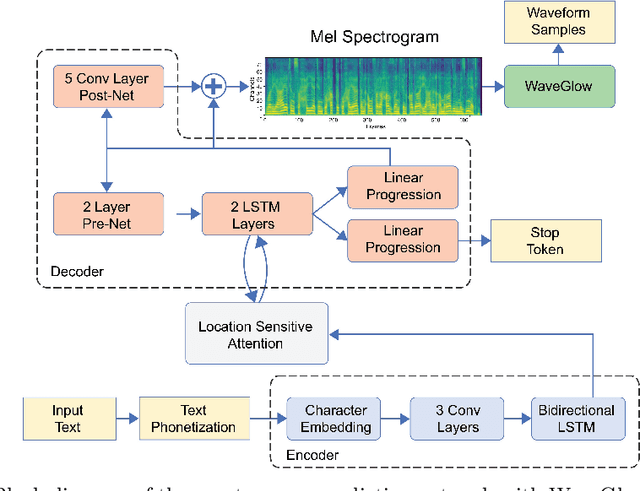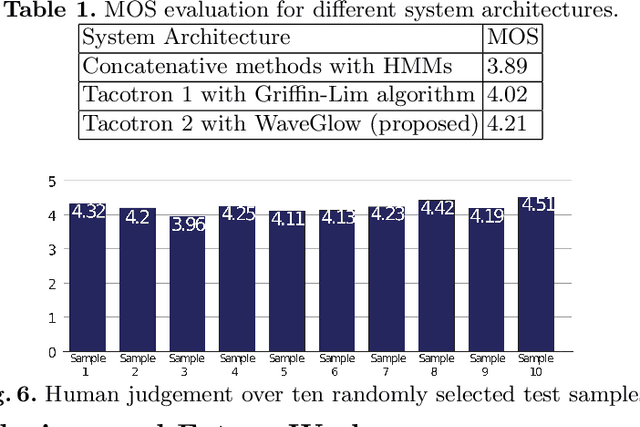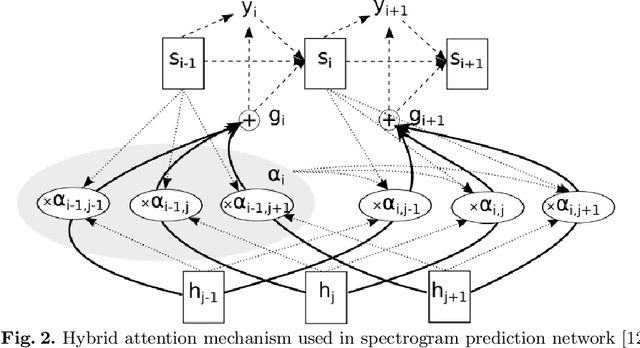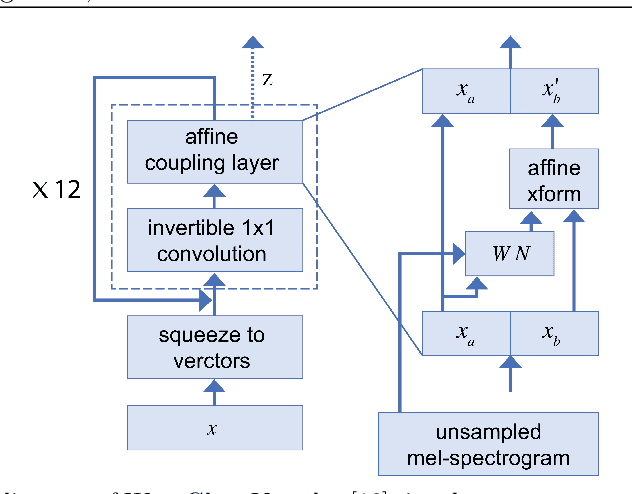A Transfer Learning End-to-End Arabic Text-To-Speech Deep Architecture
Paper and Code
Jul 22, 2020



Speech synthesis is the artificial production of human speech. A typical text-to-speech system converts a language text into a waveform. There exist many English TTS systems that produce mature, natural, and human-like speech synthesizers. In contrast, other languages, including Arabic, have not been considered until recently. Existing Arabic speech synthesis solutions are slow, of low quality, and the naturalness of synthesized speech is inferior to the English synthesizers. They also lack essential speech key factors such as intonation, stress, and rhythm. Different works were proposed to solve those issues, including the use of concatenative methods such as unit selection or parametric methods. However, they required a lot of laborious work and domain expertise. Another reason for such poor performance of Arabic speech synthesizers is the lack of speech corpora, unlike English that has many publicly available corpora and audiobooks. This work describes how to generate high quality, natural, and human-like Arabic speech using an end-to-end neural deep network architecture. This work uses just $\langle$ text, audio $\rangle$ pairs with a relatively small amount of recorded audio samples with a total of 2.41 hours. It illustrates how to use English character embedding despite using diacritic Arabic characters as input and how to preprocess these audio samples to achieve the best results.
 Add to Chrome
Add to Chrome Add to Firefox
Add to Firefox Add to Edge
Add to Edge